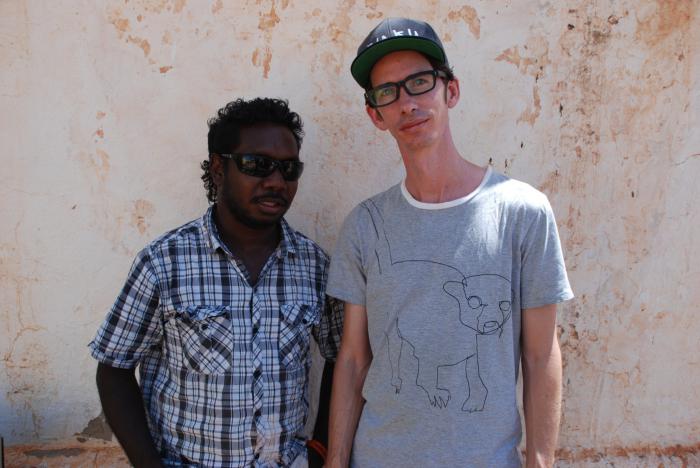The Mulka Project: Preserving Yolgnu culture and language
mulka.jpg

The Yolngu people live in the north east Arnhem Land region of Northern Territory, 600 kilometres east of Darwin.
Covering an area of more than 40,000 square kilometres, it is a place that many different clan groups call home.
Preserving their unique culture and language is a focus for the Yolngu and that’s what the Mulka Project is all about, says Joseph Brady, Mulka’s programme director.
What essentially started out as a cataloguing exercise has turned into creating an archive of Yolngu cultural knowledge.
The Mulka Project assists with repatriating valuable artwork, text, images, sound and videos of Yolngu culture that are stored in museums, art galleries, libraries and universities in Australia and around the world.
Mulka is also assisting locals to help tell their own stories.
In conjunction with the Yirrkala Arts Centre, the project also provides training and employment opportunities for Yolngu people in multimedia.
With an Australian Government Closing the Gap scholarship, Wukun Wanambi, Ishmael Marika and Joseph Brady from the Mulka Project attended the National Remote Indigenous Media Festival in Ntaria (Hermannsburg) in October.
Joseph says the work they do is so important for Yolngu people past, present and future.
“The Mulka Project is essentially an archive of Yolngu cultural knowledge. We create new material at the same time as repatriating old material from generations past,” Joseph said.
“It’s about preserving present day culture for future generations and at the same time we have got obligations to the ‘old man’ from generations past to have their words spoken to the generations of now.
“It’s mind blowing to see how far this could actually progress if done properly.”
Wukun Wanambi is one of two cultural directors at the Mulka Project and as a ceremonial man for his people, Wukun is able to give advice to people about many aspects of Yolngu culture and knowledge.
He has also travelled around Australia to view sacred objects and handle sensitive materials at many of our national institutions.
“As a cultural director I have travelled to Canberra to get some old photos and bring them here. Some of them are restricted and some are not, so I tell my staff which is which,” Wukun said.
22 year old Ishmael Marika is a director and production officer who works across audio and video projects for Mulka.
Ishmael previously worked as a ranger and can see many similarities with his current job at Mulka.
“I used to work for the Yiralka Rangers in north east Arnhem Land and they protect the land and the sea and then I moved on to the Mulka Project to get new skills for my life and I realised that Mulka is a similar job to the rangers,” said Ishmael.
“Mulka is looking after the language and culture, and at the rangers I was looking after the land and the sea.”
An important part of Ismael’s work is getting elders to share their stories.
“I enjoy filming the old people and recording them sharing their stories with the young ones for the next generation. It’s important for our generation to keep the culture alive for the future,” Ismael said.
